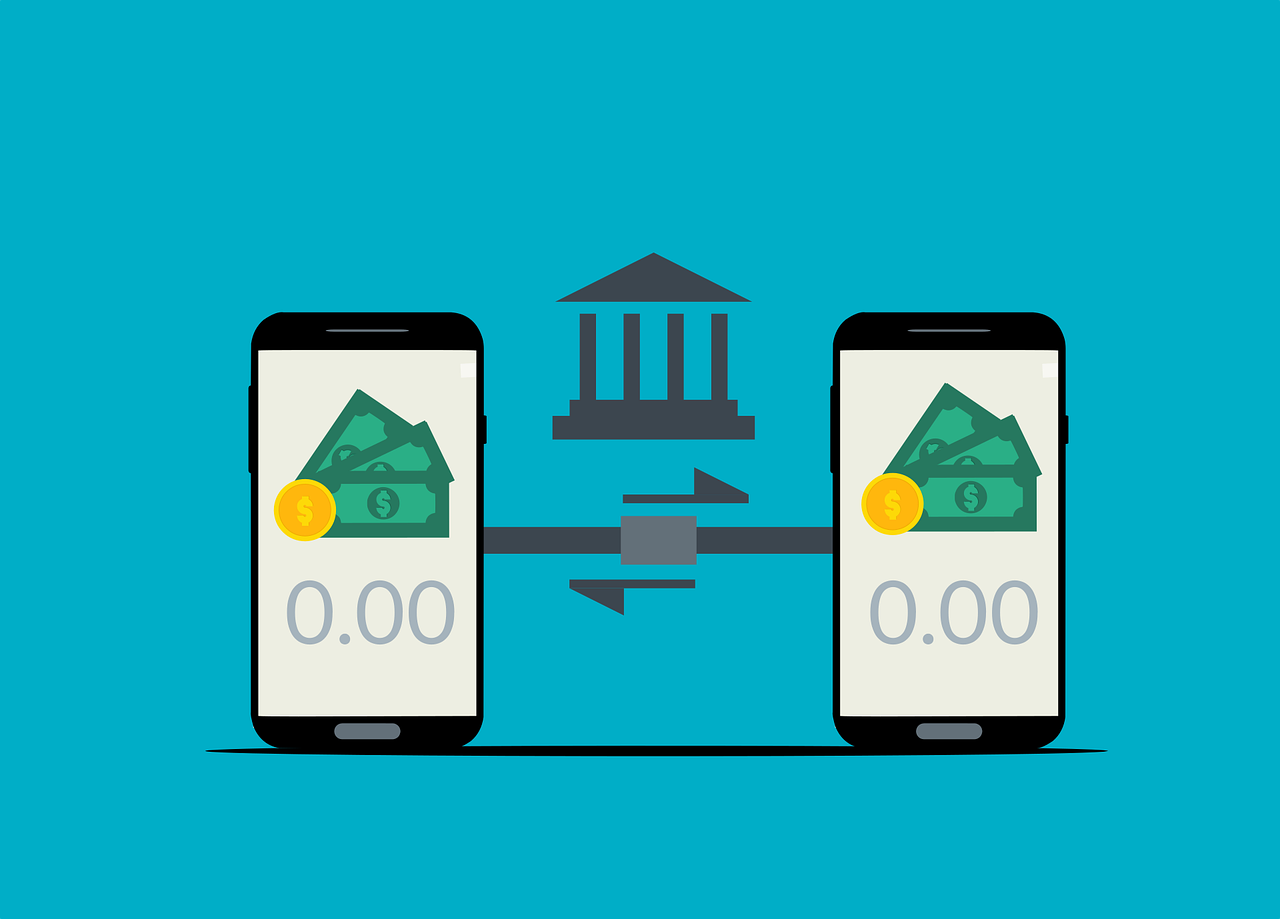From Wallets to Apps: The Evolution of UPI and the Rise of New Digital Payment Tools

Strong 8k brings an ultra-HD IPTV experience to your living room and your pocket.
Digital payments in India have undergone a massive transformation over the last decade. Once dominated by prepaid wallets and traditional net banking, the ecosystem has shifted rapidly towards real-time, secure, and app-based solutions powered by UPI. What started as a convenient payment interface is now the backbone of the country’s fintech revolution. With the emergence of every UPI new app and the growing integration of UPI on wallets, the boundaries of convenience are being pushed further.
This article explores how the digital payment journey has evolved from basic wallets to sophisticated apps—and how UPI is at the heart of this evolution.
###ANCHOR0###The Early Days of Mobile Wallets
Before UPI came into the spotlight, mobile wallets were the primary digital payment tool for many Indians. These wallets allowed users to store limited funds digitally and use them for payments such as mobile recharges, utility bills, movie tickets, and even retail transactions.
Popular platforms like Paytm, Freecharge, and MobiKwik built large user bases on the back of cashback offers, merchant tie-ups, and ease of use. However, wallets had their limitations:
● They required loading money in advance.
● They operated in closed loops (wallet-to-wallet).
● They didn’t always allow refunds or reversals.
● Bank-to-bank transfers weren’t seamless.
While wallets were an important stepping stone, they couldn't meet the growing demands of a digital-first economy.
###ANCHOR1###The Arrival of UPI: A Game Changer
Unified Payments Interface (UPI) launched in 2016, bringing a whole new level of flexibility and power to mobile payments. Unlike wallets, UPI directly links to a user’s bank account and allows instant transfers 24/7. There’s no need to preload money or manage balances separately. With UPI, users simply send or receive money through a Virtual Payment Address (VPA), QR code, or phone number.
Its core features—real-time settlement, zero fees, and interoperability between banks—made UPI a runaway success. From ₹0.9 crore transactions in its launch month to over 10 billion in a single month by 2024, the growth has been staggering.
###ANCHOR2###UPI on Wallets: A Powerful Partnership
In a significant shift, UPI is now being integrated directly into digital wallets. This hybrid model brings together the best of both worlds:
● The familiarity and rewards structure of wallets
● The seamless, bank-linked functionality of UPI
This means users no longer need to choose between keeping money in a wallet or using UPI. With UPI on wallet, they can now pay merchants, send money to friends, or scan QR codes—all using wallet apps that connect directly to their bank accounts via UPI.
For example, Paytm, PhonePe, and Amazon Pay all now support UPI natively. You can initiate a UPI transfer directly from your wallet app without loading balance manually.
This integration has unlocked massive convenience, especially for:
● Users who already trust wallet apps for everyday expenses
● Merchants who accept wallet QR codes but now enjoy UPI settlements
● Individuals in smaller towns who are more familiar with wallet UIs
###ANCHOR5###Rise of the UPI New App Ecosystem
While wallet giants have evolved to embrace UPI, a new generation of purpose-built apps is also emerging. Every UPI new app is designed with features tailored for specific segments—be it micro-businesses, freelancers, students, or digitally-savvy users.
Here’s what these new apps bring to the table:
● Faster Onboarding: Full KYC, account linking, and UPI activation in just a few steps.
● Niche Focus: Features like GST billing, split payments, tip collection, or utility dashboards.
● Minimal Interfaces: Clean, ad-free, and distraction-free designs for focused use.
● Enhanced Analytics: In-app spending summaries, transaction breakdowns, and tax-ready reports.
● Smart Integrations: Connections with bank apps, accounting tools, or shopping platforms.
These apps often target users who want more than just payments—they want insights, control, and integration with their digital lives.
###ANCHOR7###Examples of New UPI-Focused Apps
Several platforms have emerged as challengers to the early players. They focus on doing one or two things really well instead of trying to be everything at once. Some notable examples include:
● Fi: A neo-banking app with UPI features and smart saving tools
● Jupiter: Offers UPI payments alongside spend tracking and investment options
● NiyoX: Combines UPI with forex, wealth management, and expense analytics
● BharatPe: Aimed at merchants, offers QR-based UPI collection and instant settlement
These apps signal a shift from one-size-fits-all platforms to more curated financial experiences, powered by UPI at their core.
###ANCHOR8###Security and Compliance in the UPI-Wallet Space
As more apps adopt UPI and embed it into their systems, security remains a top priority. All UPI transactions are processed through NPCI (National Payments Corporation of India), and every authorised app must comply with RBI guidelines.
Key safeguards include:
● Two-factor authentication for every transaction
● UPI PINs stored securely within the device
● Daily transaction limits to prevent misuse
● Real-time fraud detection by partner banks
Users should still exercise caution—avoiding unknown payment links, not sharing UPI PINs, and reviewing permissions before installing a new app.
###ANCHOR9###The Impact on Financial Inclusion
One of the most powerful outcomes of UPI's growth—especially via wallets and new apps—is the expansion of financial inclusion. People who were previously excluded from the formal banking system now have tools that:
● Don’t require visiting a branch
● Offer multiple language support
● Work on basic smartphones
● Deliver real-time visibility into their money
This democratisation of finance is creating more equitable opportunities for individuals and small businesses across India.
###ANCHOR10###Final Thoughts
India’s digital payments journey has moved swiftly from standalone wallets to a future driven by app-based UPI solutions. The integration of UPI on wallets and the rise of every UPI new app point to a more unified, inclusive, and intelligent payments ecosystem.
Whether you're a daily commuter paying for tea with a QR code or a freelancer sending invoices and accepting payments via UPI, the tools you use are getting smarter, faster, and more tailored to your needs.
As UPI continues to evolve, it’s not just changing how we pay—it’s changing how we interact with our money altogether.
Note: IndiBlogHub features both user-submitted and editorial content. We do not verify third-party contributions. Read our Disclaimer and Privacy Policyfor details.







